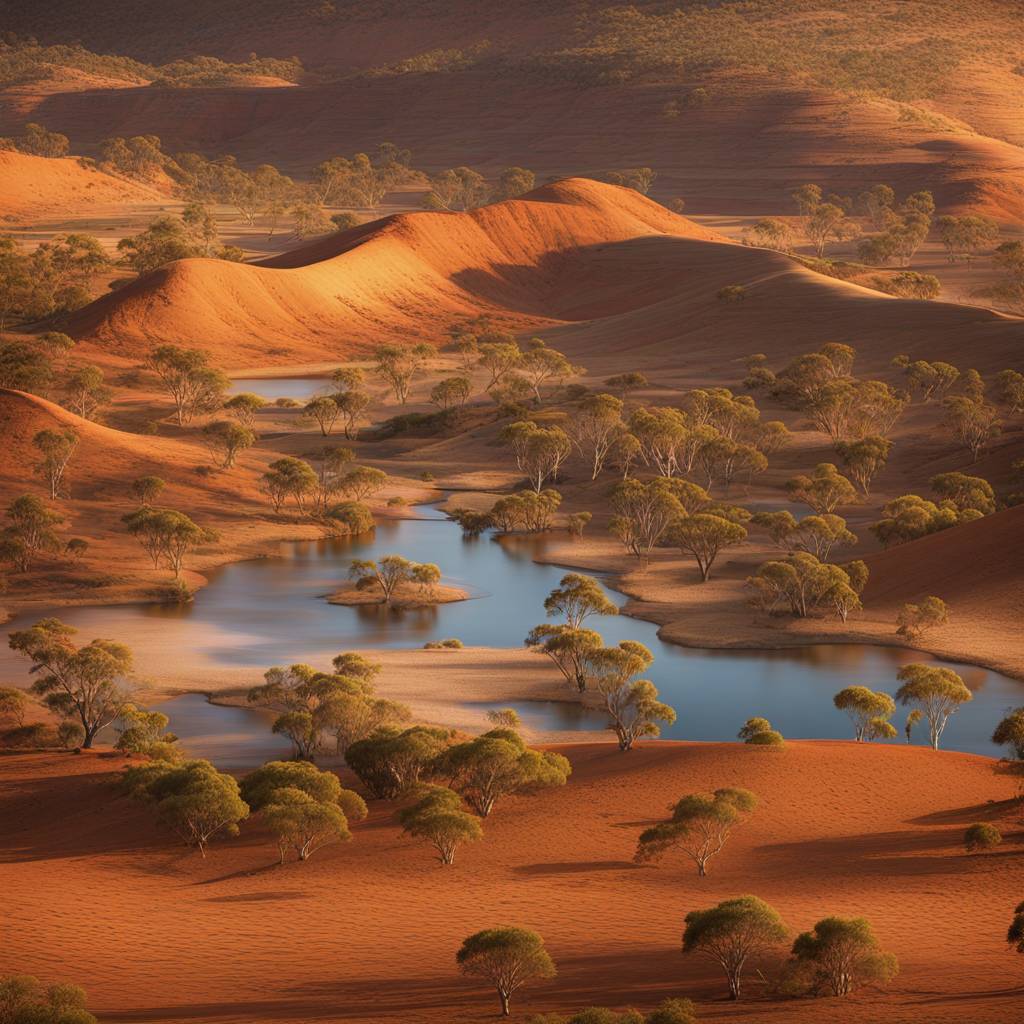A new study conducted by researchers at The Australian National University and the ARC Centre of Excellence for Climate Extremes has revealed that Australia could potentially face megadroughts lasting more than 20 years in the future. This projection is based on simulations that do not even take into account the impact of human-induced climate change since the Industrial Revolution. The team found that 20th-century droughts in southwestern and eastern Australia, including the Murray-Darling Basin, were longer on average compared to pre-industrial times, painting a worrying picture of future droughts in the country that could be even more severe than recent experiences.
Megadroughts are characterized by their intensity, duration, and widespread impact, lasting multiple decades or even centuries. An example of this is the ongoing megadrought in the southwestern United States that began in 2000. According to co-lead author Dr. Georgy Falster, the consequences of a megadrought in Australia today would be further exacerbated by climate change, as hotter temperatures would worsen the impacts of any drought. The study highlights the potential for megadroughts lasting 20 years or longer in Australia in the near future, urging preparations for such an eventuality.
One challenge in understanding protracted droughts in Australia is the limited availability of climate observations dating back to the 1900s, offering only a few examples to draw insights from. The researchers stress the importance of considering worst-case scenarios that could occur through natural climate variations. The study focused on the Murray-Darling Basin, Australia’s largest agricultural region, to assess the severity of droughts in this critical area and found that droughts lasting two decades or more are possible, occurring every 150 years to 1,000 years.
Using climate models, the team examined the full spectrum of droughts Australia could face, both in terms of duration and intensity, without the influence of climate change. They also investigated how human-induced climate change is affecting the characteristics of Australian droughts, comparing simulations from the 20th century with those from the pre-industrial period. This research indicated that human-induced climate change is contributing to longer droughts in southwestern and eastern Australia, increasing the risk of future droughts as rainfall declines in these regions.
Co-author Professor Nerilie Abram emphasized the role of human-induced climate change in the potential intensification of future droughts in Australia, particularly in regions like the Murray-Darling Basin. She cited the example of the ‘Tinderbox Drought’ in the 21st century, which was short but intense and contributed to the extreme conditions leading to the devastating Black Summer bushfires. To mitigate the severity and duration of future droughts, the researchers recommend rapid reductions in greenhouse gas emissions through a transition to renewable energy sources. They also stress the importance of water storage and management plans, along with community support networks, to prepare for and cope with future droughts effectively.
The study, published in a special edition of the journal Hydrology and Earth System Sciences, was a collaborative effort between ANU, The University of Sydney, UNSW, the University of Wollongong, and Monash University. The research highlights the growing threat of megadroughts in Australia due to a combination of natural climate variability and human-induced climate change, underscoring the need for proactive measures to mitigate the impacts of future droughts. By understanding the potential severity and duration of upcoming droughts, policymakers and communities can work together to implement strategies that enhance resilience and adaptation to these extreme events.













